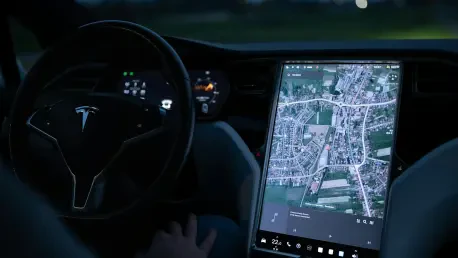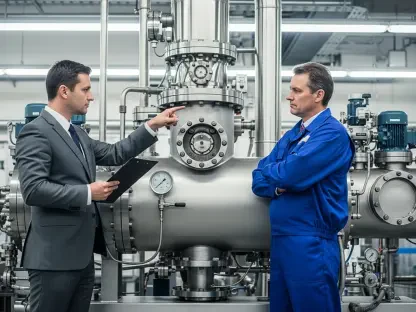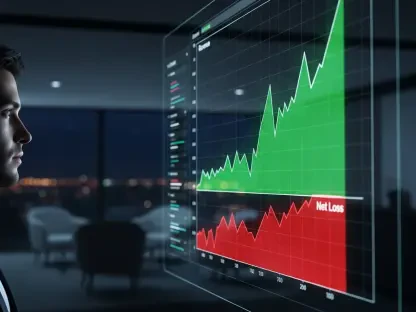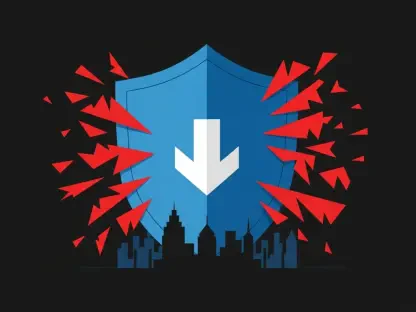Setting the Stage for a High-Stakes Debate
In the rapidly evolving electric vehicle (EV) market, Tesla Inc. stands as a dominant force, pushing boundaries with cutting-edge driver-assistance technologies. Yet, a storm is brewing over its latest Full Self-Driving (FSD) software update, which reintroduces the controversial “Mad Max” mode—a feature designed for aggressive driving with rapid acceleration and assertive lane changes. Named after a film franchise synonymous with chaos, this mode has ignited concern among regulators, insurers, and industry stakeholders. With the National Highway Traffic Safety Administration (NHTSA) launching an inquiry into potential safety risks, the implications ripple across the automotive sector. This market analysis explores how this feature impacts Tesla’s position, shapes regulatory trends, influences insurance dynamics, and forecasts the trajectory of driver-assistance systems in an increasingly scrutinized industry.
Unpacking Market Trends and Industry Reactions
Tesla’s Innovation Strategy Amid Rising Scrutiny
Tesla’s reintroduction of “Mad Max” mode in its FSD Version 14.1.2 update underscores the company’s relentless drive to differentiate itself in the competitive EV landscape. This feature, which contrasts with a more cautious “Sloth Mode,” caters to consumers seeking a dynamic driving experience, potentially boosting Tesla’s appeal among tech-savvy and performance-driven buyers. However, the timing coincides with heightened regulatory attention on FSD systems, following documented incidents linking the technology to crashes and injuries. Market data suggests Tesla holds a significant share of the EV market, but safety concerns could erode consumer trust if not addressed. The NHTSA’s investigation into whether this mode promotes unlawful behavior, such as speeding or unsafe maneuvers, signals a potential turning point for how innovation is perceived against safety imperatives in the sector.
Regulatory Headwinds Shaping the Driver-Assistance Market
The regulatory landscape for driver-assistance systems is becoming a critical factor in shaping market dynamics. The NHTSA’s focus on “Mad Max” mode reflects a broader trend of tightening oversight in the U.S., driven by federal data showing at least 14 crashes tied to FSD-related errors. Unlike more proactive approaches in Europe and Asia, where strict rules govern automated features, U.S. responses often follow high-profile incidents. This reactive stance could lead to market uncertainty for Tesla and competitors like Waymo or Cruise, as potential software recalls or restrictions loom. Looking ahead, projections indicate that regulatory frameworks may evolve toward standardized testing and naming conventions by 2027, compelling manufacturers to prioritize compliance over flashy features. Such shifts could redefine market entry barriers and influence investment in automation technologies.
Insurance Sector Challenges and Cost Implications
Another pivotal market trend emerges from the insurance industry’s struggle to adapt to driver-assistance technologies. With FSD classified as Level 2 automation—requiring constant human supervision—determining liability in accidents involving “Mad Max” mode becomes a complex puzzle. Insurers face rising claim frequencies due to expensive sensor repairs and disputes over system-driven actions, a problem exacerbated by software updates that alter vehicle behavior unpredictably. Industry analysis points to a growing need for new risk assessment models, as traditional policies fail to account for aggressive driving features. This could result in higher premiums for Tesla owners, potentially dampening demand in price-sensitive segments. Over the next few years, insurers might push for collaborative data-sharing with manufacturers to better predict risks, reshaping the cost structure of EV ownership.
Projecting the Future of Automotive Automation
Emerging Safety Protocols and Market Adaptation
Looking toward the horizon, the scrutiny surrounding “Mad Max” mode is likely to accelerate the development of enhanced safety protocols within driver-assistance systems. Tesla and other players may invest in technologies that limit aggressive behaviors or integrate real-time compliance checks with traffic laws to mitigate regulatory risks. Market forecasts suggest that by 2026, consumer demand for transparent safety features could outpace interest in performance-driven modes, pushing companies to balance innovation with accountability. Additionally, the outcome of the NHTSA’s inquiry might set a precedent, influencing how competitors design and market similar systems. This trend could stabilize the market by reducing safety-related controversies, though it may slow the pace of bold feature rollouts.
Economic and Competitive Pressures in the EV Space
Economic factors also play a crucial role in the future of automotive automation. The potential for costly recalls or litigation tied to features like “Mad Max” mode could strain Tesla’s financial resources, impacting its ability to fund next-generation technologies. Competitors might capitalize on this by positioning themselves as safety-first alternatives, potentially fragmenting Tesla’s market dominance. Analysis indicates that investors are closely monitoring regulatory outcomes, as penalties or mandated updates could affect stock valuations in the short term. Over the longer term, from 2025 to 2027, the industry may witness a shift toward collaborative efforts between manufacturers and regulators to establish clear guidelines, ensuring that economic viability aligns with public safety expectations.
Global Market Disparities and Standardization Efforts
Global disparities in regulating driver-assistance systems add another layer of complexity to market projections. While the U.S. grapples with reactive policies, stricter European and Asian standards on speed and lane-change automation provide a blueprint for safer implementation. This divergence could create uneven market conditions, where Tesla faces varying compliance costs across regions. Industry experts anticipate that global standardization efforts might gain traction within the next few years, driven by the need to harmonize safety norms. Such a move would likely benefit multinational players by reducing regulatory friction, though it may challenge smaller firms lacking resources to adapt. The “Mad Max” controversy could serve as a catalyst for these discussions, shaping a more unified market landscape.
Reflecting on Strategic Pathways Forward
Reflecting on the analysis, the debate over Tesla’s “Mad Max” mode has underscored critical vulnerabilities in the EV and driver-assistance market, from safety risks to regulatory and insurance challenges. The industry has reached a pivotal moment where balancing innovation with responsibility is paramount. Moving forward, strategic recommendations include prioritizing robust pre-launch safety testing to prevent regulatory backlash, while transparent communication about system limitations could rebuild consumer trust. Manufacturers need to collaborate with insurers to develop adaptive risk models, ensuring affordability for end users. Additionally, advocating for global regulatory alignment offers a path to streamline compliance costs. These actionable steps promise to guide the sector toward a future where technological advancements enhance safety rather than compromise it, setting a sustainable course for growth.









